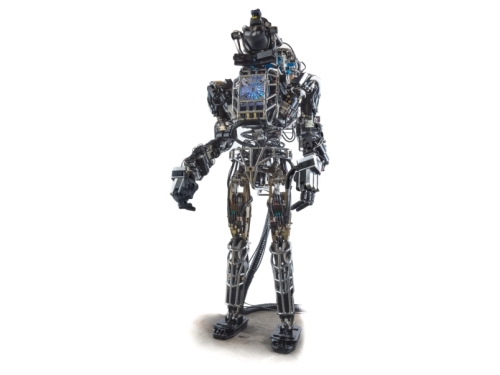
This article was originally published by the ASPI Strategist on 5 December, 2014.
The use of lethal robots in conflict is inevitable. When it happens, it’ll create a significant shift in the ways of warfare. A discussion has already begun (see here and here) on how such capabilities might be developed and applied.
Robots in general are becoming smaller, smarter, cheaper and more ubiquitous. Lethal robots are becoming more deadly and discriminating. The degree of autonomy will be a key driver of a robot’s role in conflict and is likely to evolve in three generations; the semi-autonomous, the restricted-autonomous, and ultimately the fully-autonomous generation.
